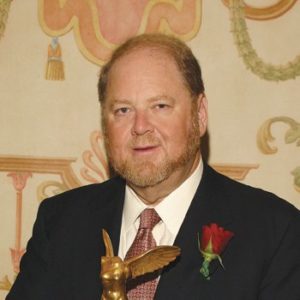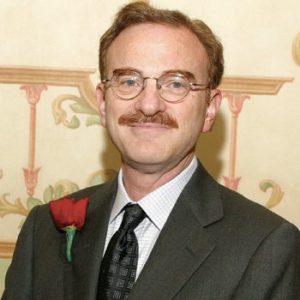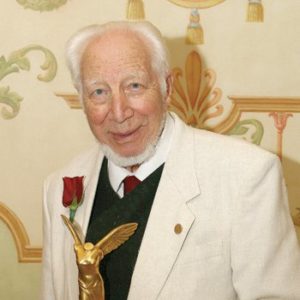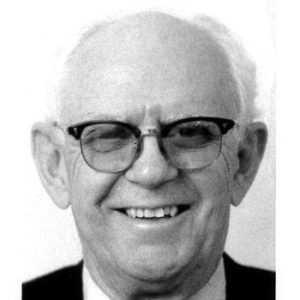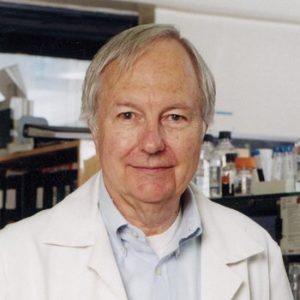Opening remarks by Joseph Goldstein
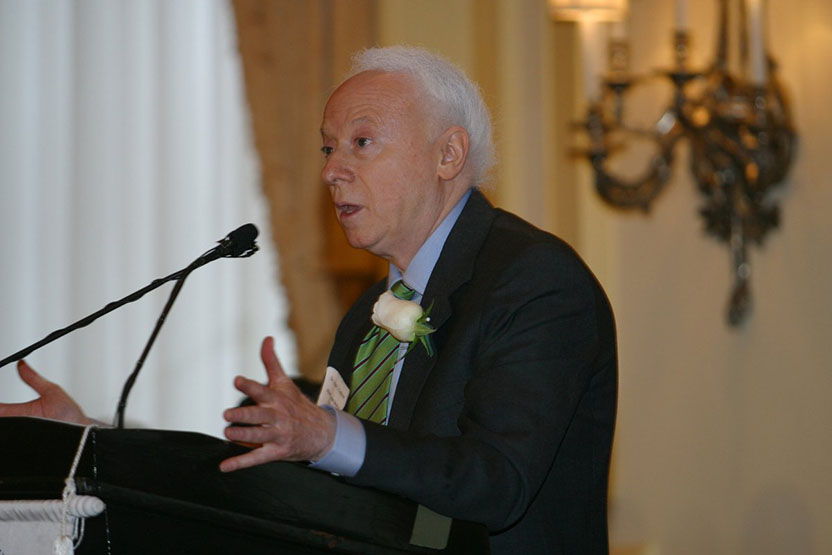
Scientific duopolies
An expanded version of these remarks originally appeared in Nature Medicine.
Far-reaching advances in the medical sciences often result from symbiotic relationships between two scientists. Such pairs or duos achieve success by establishing what I will call a ‘scientific duopoly’. Like twins, there are two types of scientific duopolies — the conjoined type and the separated type. The conjoined duopoly is exemplified by Rodgers and Hammerstein and the separated duopoly by Matisse and Picasso. Let me explain.
In a conjoined duopoly, two scientists work together intensely on the same problem in the same laboratory over many years in much the same way that Rodgers and Hammerstein collaborated daily for 19 years to produce the world’s most beloved musicals. According to Richard Rodgers, the secret to their success was their ability to think aloud and trade ideas in a constant dialogue, which allowed them to quickly get rid of the many bad ideas so that the rare good ones could be discovered.
Jury
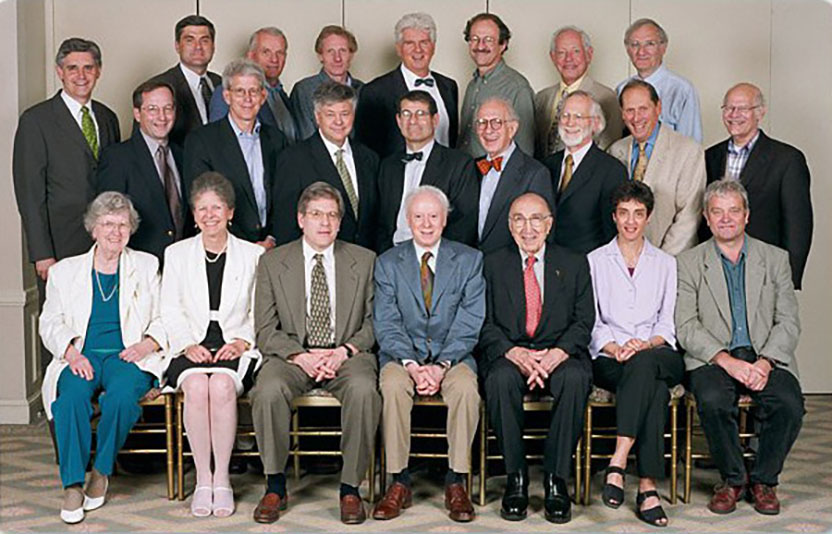
2002 Lasker Medical Research Awards Jury
Seated, left to right: Mary Ellen Avery, The Children’s Hospital, Harvard University ● Joan Steitz, Boyer Center for Molecular Medicine, Yale University ● Charles Sherr, St. Jude Children’s Research Hospital ● Joseph Goldstein, Chair of the Jury, University of Texas Southwestern Medical Center ● Michael DeBakey, Chair Emeritus of the Jury, Baylor College of Medicine ● Carla Shatz, Harvard University ● Paul Nurse, Cancer Research UK
Middle Row, left to right: Michael Welsh, University of Iowa ● Thomas Maniatis, Harvard University ● Michael Brown, University of Texas Southwestern Medical Center ● Thomas Stossel, Experimental Medicine Division, Brigham & Women’s Hospital ● Eric Kandel, Columbia University College of Physicians & Surgeons, Center for Neurobiology & Behavior ● J. Michael Bishop, University of California School of Medicine ● William Paul, Laboratory of Immunology, National Institutes of Health ● Ira Herskowitz, University of California School of Medicine
Third Row, left to right: Bruce Stillman, Cold Spring Harbor Laboratory ● Craig Thompson, Abramson Research Institute, The University of Pennsylvania Cancer Center ● John Dowling, The Biological Research Laboratories, Harvard University ● Kim Nasmyth, Research Institute of Molecular Pathology, Vienna ● Günter Blobel, The Rockefeller University ● Harold Varmus, Memorial Sloan-Kettering Cancer Center ● Leon Rosenberg, Princeton University ● Martin Raff, MRC Laboratory for Molecular Cell Biology, University College London
